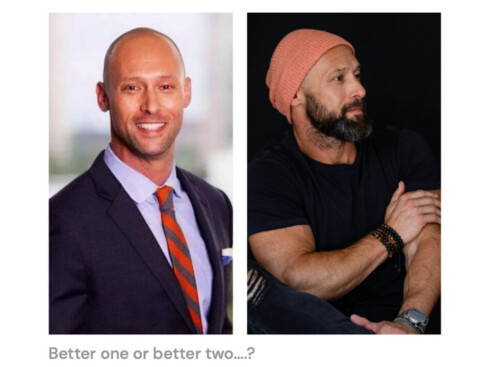The “Follow the Money” catchphrase was popularized by the 1976 docudrama All the President’s Men, suggesting that political corruption can be exposed by following the money trail.
When I “followed the money” in my own life by examining our family spending data on public companies, I realized great ideas were staring me in the face. As a professional money manager, it was embarrassing to admit that I had supported many excellent companies with my spending and wasn’t a direct shareholder. I was helping them get rich, and their stocks went up, yet I wasn’t in the game. This has been the most problematic habit to correct, and it is still a work in progress.
To help with my analysis, I categorized my spending into seven broad categories: technology, financial services, healthcare/utilities, travel, food, entertainment, and retail. Here is a snapshot of the companies I support as a customer in these categories.

Your list will carry important information because repeat customers develop an opinion about a company and love (or not) for the products. This is called conviction and can be the decisive force keeping you invested in a stock during volatile times.
I met Jeff Bezos in 1997 when he was on the initial roadshow for Amazon’s public offering; he had been losing money for years, which kept a lot of investors out of his stock but had grown sales yearly. Amazon packages began slowly appearing at my front door back then and over the past twenty years at an alarming pace. We have all helped Amazon become the company it is today. How dare we complain about Amazon stock going up if we didn’t own it when we helped them become profitable! Notice from the chart that Amazon hits two of my spending buckets and is a major vendor in my total budget.
Several years ago, I noticed my wife wearing a new brand of workout shoes called On Running (ONON). She bought several additional pairs the same year, and I received one for my birthday. They were trendy, stylish, and, most importantly, comfortable. We were making an important consumer decision, and I encouraged her to put our investment dollars alongside our spending.
After watching this happen multiple times over the prior decades, I established a new rule in my family investment policy. If we spend significant money with a company because we love their products, then we need to invest in their shares each time we purchase
Last month, I bought a new iPhone 16 and invested more in its shares. My wife bought another pair of On Running shoes for $160 and purchased more than $160 worth of shares. This simple rule helps us stay in the game and dollar-cost average with the companies we love. Keyword: companies we love.
We also own a Peloton from lockdown, and my wife bought the stock. Then we had some issues with the software and updates, and we lost our love, especially when the famous Kendall Toole left. Goodbye shares. If you fall out of love with the product, exit the stock. Sonos has also had tech issues in our gym. As consumers, we are constantly evaluating products. Let’s also use that information to help us invest.
Subscription services like Netflix, Spotify, Disney, and Quick Books (INTU) are sneaky because we tend to forget about them at modest prices, but they make for great, stable cash flow businesses. And don’t forget Visa, which earns a tiny slice of every credit card transaction.
Budgets tend to creep up, and while my recurring Apple services, Microsoft 365, or QuickBooks are tremendously helpful, my spending adds up over the year. This is one of the reasons that these are great businesses and worthy of investment consideration.
If you want to take this exercise up a notch, try to add an estimate of how much you spend with each company. Amazon? Ouch. United Health? Painfully high. United Airlines? Yes, but at least it’s fun. Utility company Xcel is boring, expensive, and necessary. Chubb insurance? Expensive, necessary, and worth it.
One of my key mentors reminded me that the investment game is a mosaic, and you must collect and connect the pieces of information like a puzzle to see the bigger picture. Take the time to build your puzzle.
Maybe the famous Samuel L. Jackson was on to something when he said in his epic Capital One commercial, “What’s in your wallet”? I recommend you look; you might find your next 10x stock.







